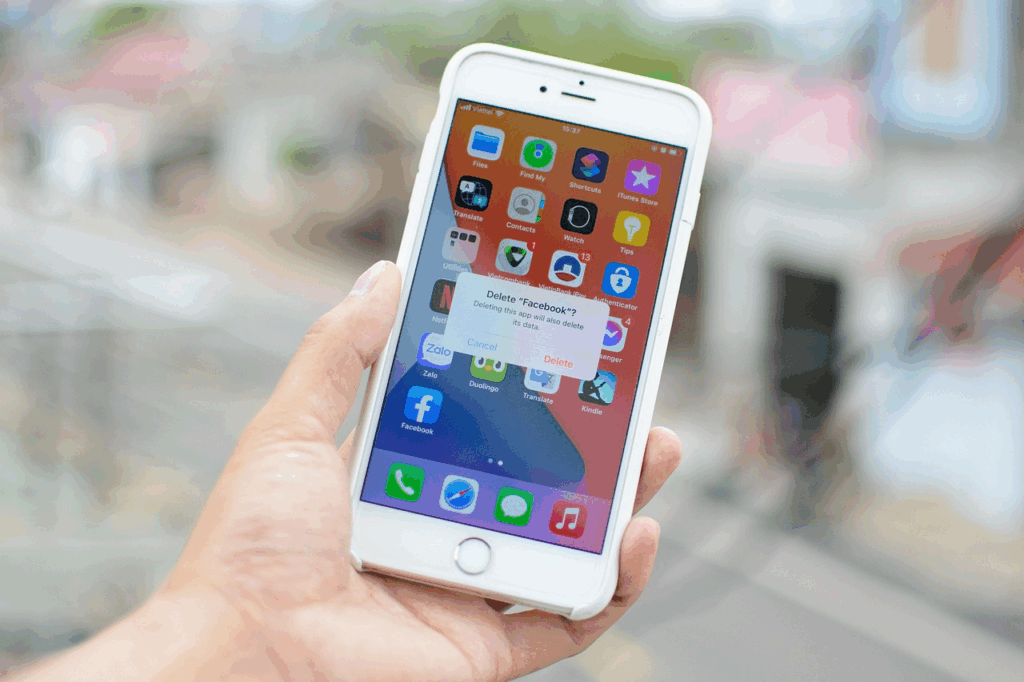Film cameras, vinyl records, typewriters, and flip phones are back—and not just as nostalgic novelties. Across generations, especially among younger adults, “old” or retro technology is having a moment.
In a world dominated by touchscreens and cloud storage, analog devices offer something rare: tangibility, simplicity, and authenticity.
This retro-tech revival isn’t about rejecting progress. It’s about reclaiming a sense of connection and calm in an age that often feels too fast, too digital, and too disposable.
The Comfort of the Physical
There’s something deeply satisfying about holding a photograph instead of scrolling past it. Unlike digital images that vanish into endless folders, film photos feel intentional. You take fewer shots, wait to develop them, and treasure the results. That slowness gives analog experiences a kind of emotional gravity that technology often strips away.
The same goes for vinyl records. Despite the convenience of streaming, vinyl sales have surged for over a decade. Listeners crave the warmth of analog sound and the ritual of placing a needle on a spinning disc. The pops and crackles aren’t flaws. They’re part of the charm, proof that something real is happening in real time.
Typewriters and notebooks are also enjoying a comeback among writers and artists who find digital tools distracting. The tactile feedback of keys, the absence of notifications, and the visible progress on a page all contribute to focus and mindfulness. In a world of endless edits and undo buttons, analog tools bring permanence.
See Why Humans Love Mini Versions of Things to dig into nostalgia and why “small” soothes the brain.
The Psychology of Nostalgia and Control
Our renewed love of “obsolete” tech is also about psychological balance. Digital life moves at lightning speed, leaving little room for reflection. Analog experiences force us to slow down and pay attention. Waiting for film to develop or flipping a vinyl record side is a small act of resistance against instant gratification.
Psychologists note that nostalgia also plays a key role. Old technology connects us to simpler times, whether those were our own childhoods or eras we never lived through. Using vintage gadgets triggers a sense of comfort and continuity in an ever-changing digital landscape.
There’s also a growing distrust of algorithmic control. Streaming platforms decide what we watch and hear; social media filters shape what we see. Analog tech puts power back in human hands. You choose the album, set the camera’s exposure, and decide what stays and what gets erased. The imperfections remind us that creativity and control belong to people, not machines.
Explore The Science of Déjà Vu for how the brain blends memory, familiarity, and emotion.
Vintage Values in a Modern World
The retro-tech revival also reflects changing values around sustainability and longevity. Unlike disposable modern devices, older technologies were built to last. Repairing a typewriter or maintaining a record player stands in contrast to the planned obsolescence of smartphones that age out every few years. Choosing analog isn’t just aesthetic. It’s ethical minimalism.
Even tech companies have noticed the trend. New products now borrow heavily from vintage design, such as digital cameras that mimic film grain, apps that simulate cassette tape sounds, and phones that offer “minimal modes” to reduce distraction. What began as nostalgia has become a design philosophy: merging the soul of analog with the convenience of digital.
Ultimately, old technology feels cool again because it reconnects us to something we’ve lost—presence. In slowing down, making choices, and embracing imperfection, we rediscover what technology was meant to do all along: enhance life, not consume it.
For a cultural lens on speed, see How Fast Food Changed the Way We Talk About Time.




